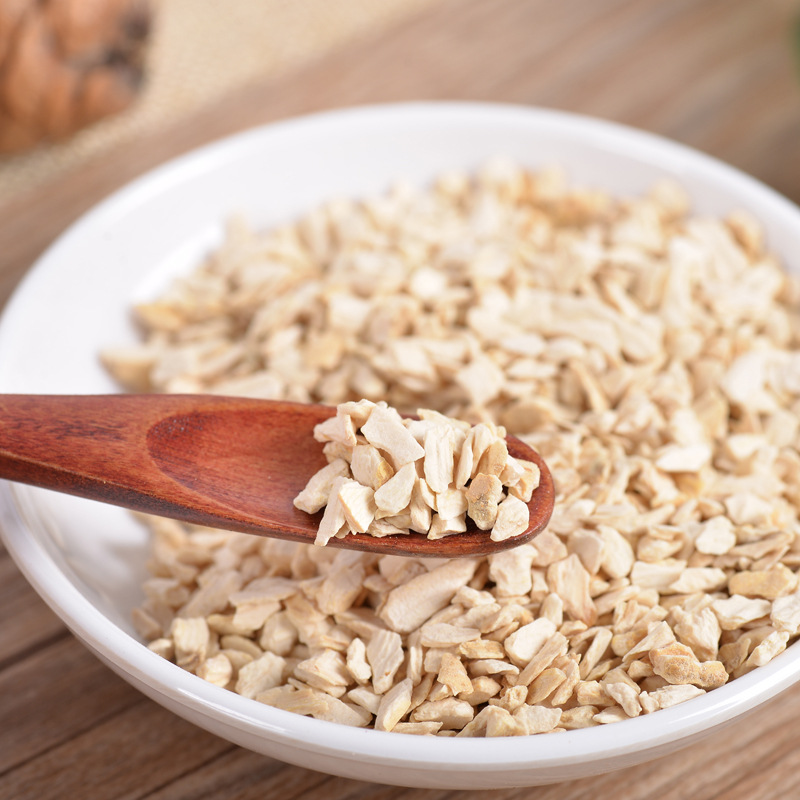Horseradish is a pungent root vegetable that is widely used as a condiment and flavoring agent in various culinary dishes. The plant, Armoracia rusticana, is a member of the Brassicaceae family, which also includes mustard, cabbage, and broccoli.

Key points about horseradish:
1.Flavor Profile: Horseradish has a strong and sharp flavor that can be described as spicy or peppery. When grated or ground, it releases a volatile compound called allyl isothiocyanate, which gives it its characteristic pungency.
2.Usage: It is often used as a condiment, either grated or processed into a sauce. Horseradish is commonly paired with meats, particularly roast beef, and is a popular ingredient in sauces such as horseradish cream sauce.
3.Preparation: To prepare horseradish, the root is typically peeled and grated. Mixing it with vinegar or lemon juice helps stabilize the flavor. Commercially prepared horseradish is also available in jars.
4.Health Benefits: Horseradish is low in calories and contains some vitamins and minerals. It is believed to have potential health benefits, including antibacterial properties and potential benefits for digestion.
5.Culinary Uses: Apart from being a condiment for meats, horseradish can be used in various recipes. It adds a kick to sauces, dips, and dressings. Some people also use it in cocktails or as a topping for sandwiches and burgers.
6.Growing Conditions: Horseradish is a hardy perennial plant that can be grown in a variety of climates. It prefers well-drained soil and can be propagated from root cuttings.
Horseradish has a long history of culinary use, and its distinctive flavor adds a bold and spicy element to many dishes. Whether used in traditional recipes or in creative culinary applications, horseradish remains a popular and versatile ingredient.